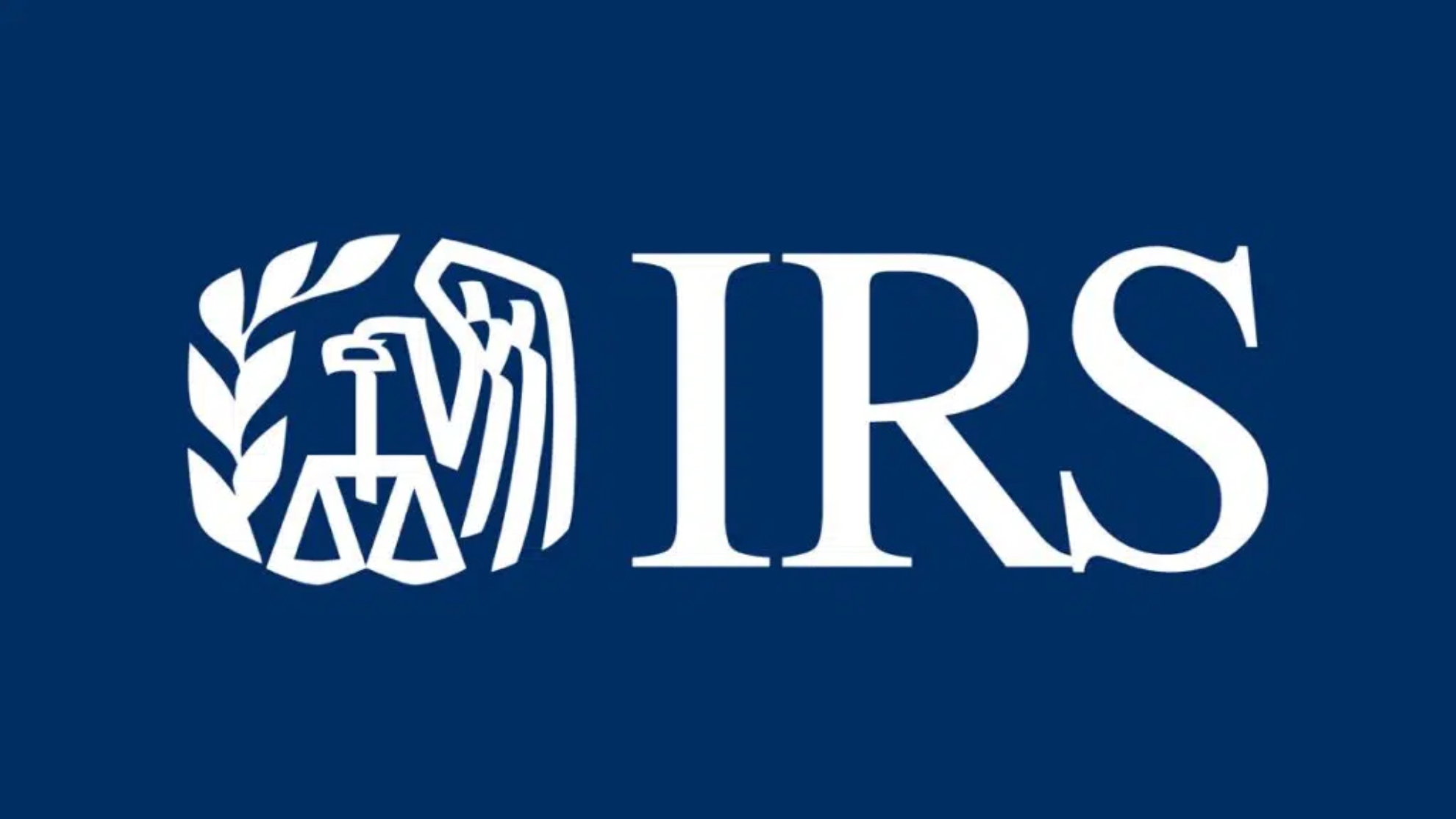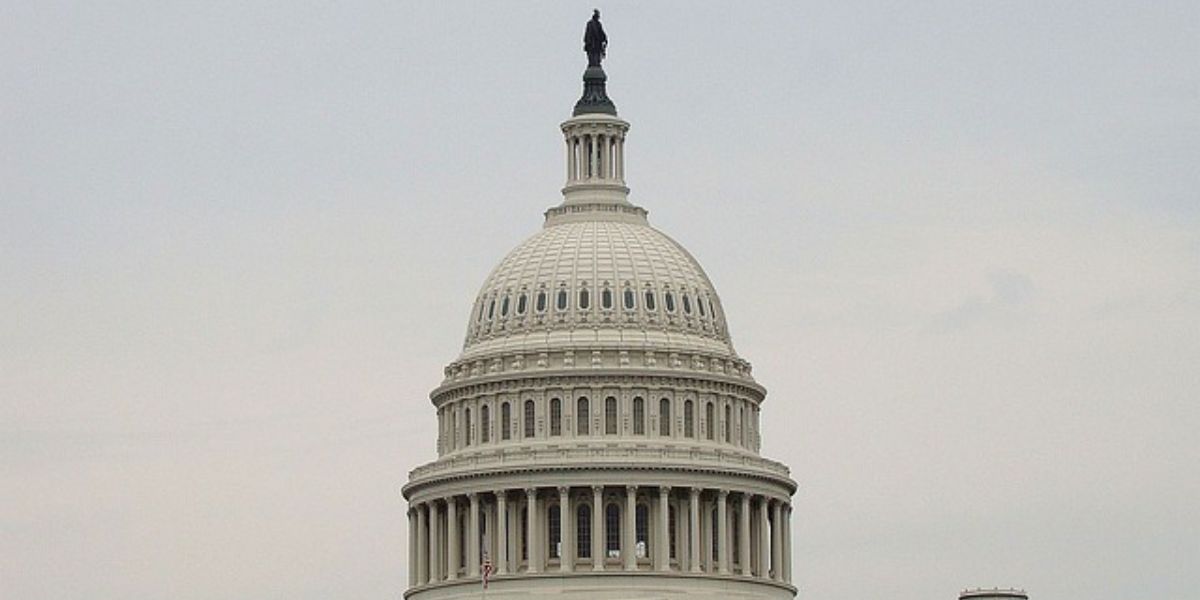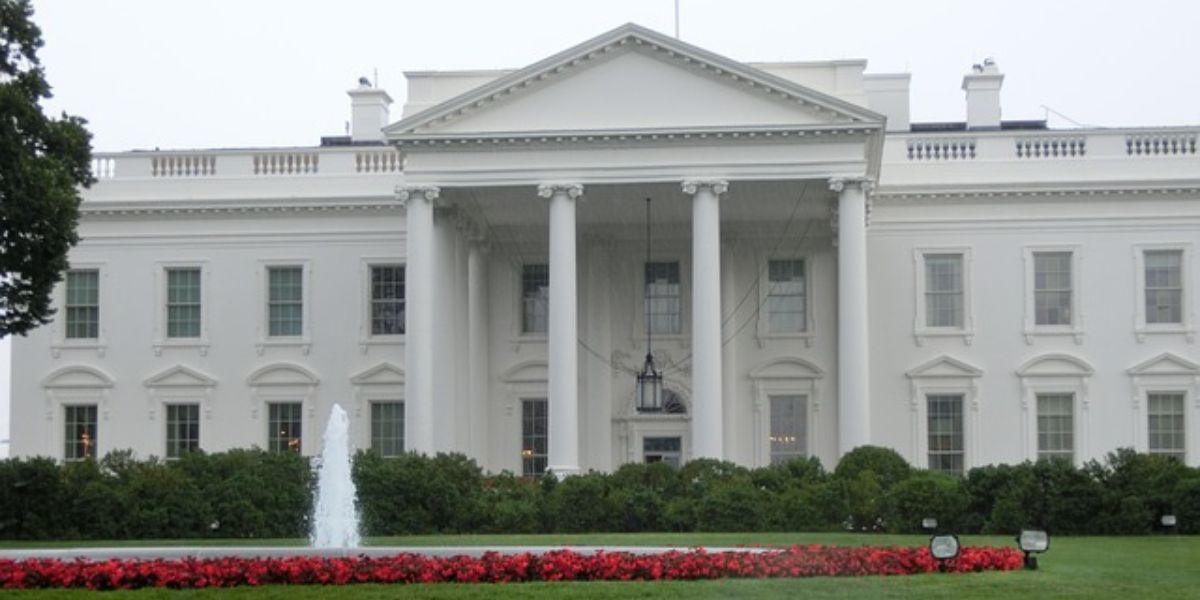The House of Representatives Ways and Means Committee Chairman has issued a comprehensive income tax reform discussion draft, which proposes to reduce maximum tax rates and simplify the tax code.
The discussion draft suggests that six different family tax benefits (basic standard deduction, additional standard deduction, personal exemptions for taxpayer and spouse, personal exemptions for dependents, child tax credits, and head of household filing status) would be assimilated into the larger standard deduction, an additional deduction for single parents, and an expanded child and dependent tax credit of USD1,500 per child and USD500 per dependent.
The Earned Income Tax Credit (EITC) would be simplified by converting it into an exemption of a certain amount of payroll taxes (both the employee and employer shares). Families could be shielded from as much as USD4,000 in payroll tax liability. This could also eliminate the estimated USD133bn over 10 years in erroneous and fraudulent EITC payments. The tax reform package would also allow up to USD8,750 (half of the contribution limit) to be contributed either to a traditional retirement account (where tax is paid when taking a pension) or a “Roth” account (where contributions are made after tax). Any contributions in excess of USD8,750 would be dedicated to a Roth-style account – making these savings tax-free during retirement.
While the current law caps the amount of mortgage interest that can be deducted to the first USD1m of mortgage debt, from 2015 the plan would reduce the existing USD1m cap so that for mortgages taken out in 2018 or later, the cap would be USD500,000. The reform package would also cancel the Alternative Minimum Tax (AMT) for individuals, and long-term capital gains and dividends would be taxed as ordinary income, with an exemption for the first 40 percent of such income from tax.
The draft suggests that nearly every small business would benefit from paying no more than a top tax rate of 25 percent and the double taxation of investment income being lowered to historic lows. They would also benefit from the repeal of the AMT; simplified compliance through various reforms of business deductions and credits; permanent section 179 (full deduction on cost of qualifying equipment) expensing on as much as USD250,000 in capital investments each year, including real property; an expansion of the use of cash accounting for businesses with gross receipts of up to USD10m; and a maintenance of the current law on the estate tax.
Through the use of business-related exclusions and deductions, the plan also reduces the maximum corporate tax rate from 35 percent to 25 percent on a gradual basis. For taxable years beginning in 2015, the maximum rate is 33 percent; for taxable years beginning in 2016, the maximum rate is 31 percent; for taxable years beginning in 2017, the maximum rate is 29 percent; and for taxable years beginning in 2018, the rate reduces to 25 percent. It is notable that the corporate tax break changes include making the Research and Development Tax Credit permanent and improving its terms. The simplified research credit would be equal to 14 percent of qualified research expenses that exceed 50 percent of those expenses for the three preceding taxable years.














